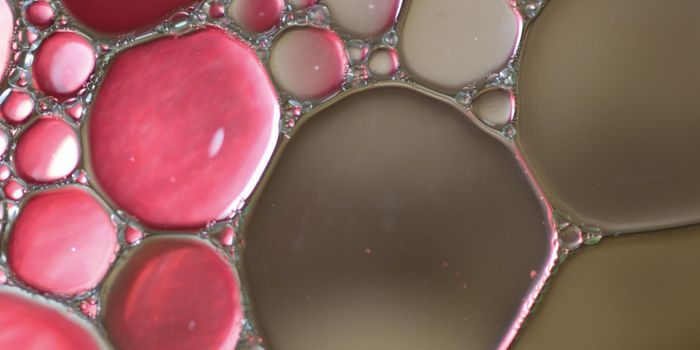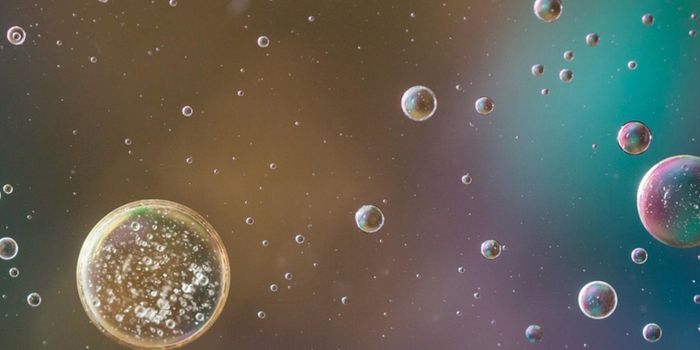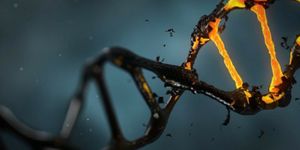Humans play host to trillions of microbes; we are as bacterial as we are human. As such, microorganisms are going to be along for any rides that humans take into space. It’s known that in outer space, the human immune system is under stress and doesn’t perform to its optimum capabilities. Scientists are therefore concerned about the potential for infections and illnesses to impact astronauts and want to know more about how bacteria are affected by an extraterrestrial environment. New research has indicated that microbes do quite well in space, and while out there, can employ creative tactics to avoid the effects of antibiotics.

Investigators at CU Boulder's BioServe Space Technologies teamed up with the International Space Station (ISS) to learn more about how the bacterium Escherichia coli responded to the antibiotic gentamicin sulfate on earth, and on board the ISS. The work, which was
reported in Frontiers in Microbiology, showed that in space, the number of microbial cells increased by a factor of thirteen, and exhibited a 73 percent reduction in volume compared to the control group back on Earth, noted the lead author of the work, Luis Zea.
"We knew bacteria behave differently in space and that it takes higher concentrations of antibiotics to kill them," explained Zea. "What's new is that we conducted a systematic analysis of the changing physical appearance of the bacteria during the experiments.”
Microbes on the ISS can only absorb nutrients through diffusion because sedimentation and other forces powered by gravity are absent, Zea said. As the surface of the microbial cell decreases, there are also fewer interactions between cells and molecules. These results may help investigators learn more about treating infections in space.
The cell membrane of microbes also gets thicker in space; Zea suggested that may confer additional protection for bacteria against antibiotics. In yet another potential defensive maneuver, Zea said the E. coli tends to clump up; that may be a way for an outer wall of bacterial cells to protect those that are inside.
Some of the E. coli also made outer membrane vesicles, tiny buds that form outside the cell membrane, and act as messengers that cells use for communication, Zea said. As cells with these vesicles build up, they can coordinate to start the infection process together.
"Both the increase in cell envelope thickness and in the outer membrane vesicles may be indicative of drug resistance mechanisms being activated in the spaceflight samples," said Zea. "And this experiment and others like it give us the opportunity to better understand how bacteria become resistant to antibiotics here on Earth."
This experiment began in 2014, and over two days protocols were carried out on board the space station. Several months later, the experiment was sent back to Earth for analysis.
"The low gravity of space provides a unique test bed for developing new techniques, products, and processes that can benefit not only astronauts but also people on Earth," noted Stodieck, a research professor in Aerospace Engineering Sciences. "In space, for example, scientists can learn more about biochemical changes in various cells and organisms that the force of gravity on Earth may be masking."
If you would like to know more about how microorganisms are influenced by the extraterrestrial environment, check out the video.









